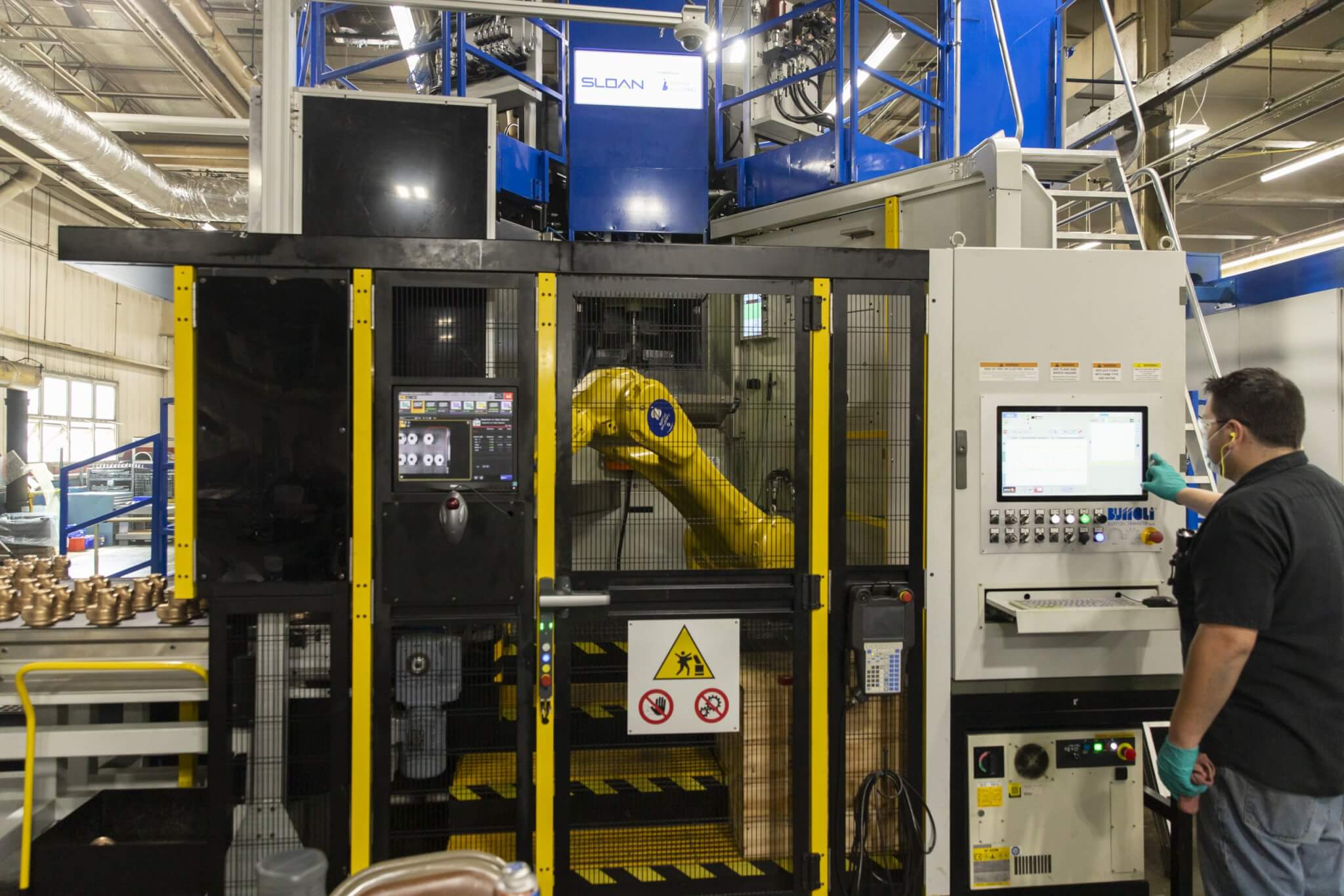
For contracting companies looking to undergo a sustainable business transformation, making the sustainability shift can mean all the difference in future success. And environmental, social, and governance principles, often referred to as ESG, is a rapidly developing topic that you are likely hearing about now more than ever before.
In fact, among surveyed contractors, 52 percent said they’re requested to provide ESG data in bid documents. Yet, 78 percent of those same contractors said they’re only somewhat or not familiar at all with ESG, with 35 percent stating they’ve been asked by a potential customer to submit an ESG plan.
While ESG might seem intimidating and costly at first, it can provide huge benefits to an organization—and according to the survey, can mean the difference between business wins and losses.
ESG is a business strategy that can help contractors expand their business, foster employee loyalty, attract top talent, and enhance long-term sustainability. Some companies use terms like “corporate social responsibility” or “sustainability” to describe their responsible business priorities.
However a company defines ESG, it is pivotal in shaping the business’s purpose, values, and day-to-day operations. Many companies have already implemented core concepts of ESG.
Undergoing this type of business transformation may be easier than you think. In fact, many companies may be surprised to find out that the activities they are already doing for cost savings, customer/legal compliance, or goodwill fall squarely into the ESG space.
This includes actions like measuring health and safety, implementing employee development programs, advising on environmental products and solutions, and ensuring the proper policies—such as an employee code of conduct—are in place.
Your business may not be documenting it as an ESG practice, but by taking stock of what your company does for people and the environment, it can be simpler than expected to align with core ESG principles and learn how to advance them even further.
Learn about Sloan’s progress toward environmental stewardship, responsible governance, and social impact in its 2023 ESG report.
Why ESG Matters
Manufacturers, distributors, contractors, and others across the supply chain are being asked by owners, developers, and government entities for ESG metrics like health and safety, carbon emissions, waste recycling, minority- and women-owned business enterprise participation, and more. This information may be used to ensure that they are satisfying legal requirements or meeting their ESG goals. This is no longer a niche request, and increasing regulation may lead to these metrics being required.
Within the bidding stage, sustainability initiatives can be viewed as a long-term cost-saving tactic for the end user, often resulting in reduced operational costs over the long term. For example, while an energy-efficient building lowers energy consumption, it is also the collective design, installation, maintenance, and operation of its mechanical system that help determine true efficiency.
MCAA offers advice and resources on enhancing competitiveness through ESG.
In terms of hiring talented team members, employees increasingly prefer working for companies that prioritize sustainability, social responsibility, and ethical business practices. In a recent Deloitte survey, 69 percent of employees said they want their companies to invest in sustainability efforts, including reducing carbon, using renewable energy, and reducing waste. This sentiment was higher among surveyed employees between the ages of 18 and 34 years old, who showed a stronger interest in sustainability initiatives than respondents from older generations.
ESG is also important from a regulatory perspective. Governments around the world are moving toward mandating companies to share more information related to environmental and social sustainability.
This includes rules like California’s Climate Corporate Data Accountability Act and new climate and human capital disclosure requirements from the U.S. Securities and Exchange Commission . These, along with other state and local regulations, may force large companies to report on or manage their ESG risks across their full value chain.
A detailed description of California’s new climate law is available here.
The Securities and Exchange Commission described the new disclosure requirements in this press release.
Five Steps to Start the ESG Journey
When preparing to begin your business’s path toward sustainability, the following five steps can serve as an effective guide.
- Establish a foundation. First, conduct a thorough assessment of current business operations, including key ESG practices, risks, and opportunities. This information can be used to begin to inform a sustainability strategy. It will also be important to secure buy-in and support from leadership.

- Conduct benchmarking and engage key stakeholders. Conduct benchmarking and a gap analysis to understand performance against your peers and others in the industry to understand how your business stands in terms of sustainability. Identify and engage with key stakeholders, including employees, customers, suppliers, and community members, to understand and validate where your business has the greatest risks and opportunities. For example, once you understand the sustainability goals of your customers and their customers, you can brainstorm ways to advise them to meet their goals, thus increasing the value you bring to the project.
- Develop a strategic roadmap. When starting a roadmap, it’s important to establish ESG structure and policies. The information gained from stakeholder interviews can be used to prioritize issues relevant to your business and develop a framework that aligns with your organizations values, industry standards, and stakeholder expectations. ESG considerations can then be integrated into your business’s overall strategy, ensuring that sustainability goals align with core business objectives. It’s important to remember to develop both short- and long-term goals, targets, and key performance indicators to measure impact. When developing the roadmap, determine which new and emerging ESG-related regulations and reporting standards may be relevant to your company or its customers and plan to assure compliance and capitalize on opportunities.
- Collect and share data. Begin by implementing systems and standard operating procedures for collecting relevant ESG data and monitoring current and future regulations. It’s also important to work with legal advisors to decide where and how to disclose information and establish a transparent reporting process to communicate ESG performance to key stakeholders.
- Train and communicate. A plan is only as good as how well the team knows it. That’s why it’s important to provide training to employees to raise awareness and educate on ESG principles. Businesses will want to develop internal and external communications strategies and commit to continuous improvement and adapt to changes in regulations, stakeholder expectations, and industry best practices.
Sloan has embarked on its own ESG journey, publishing its first-ever ESG report last year, as it put many of those sustainability initiatives into practice by becoming the first commercial restroom manufacturer to join the International WELL Building Institute’s Works with WELL program, earning verification to The Water Council’s WAVE program, and more.
Find out more about Sloan’s partnerships with the American Society of Plumbing Engineers and others here.
For more information, visit www.sloan.com.


